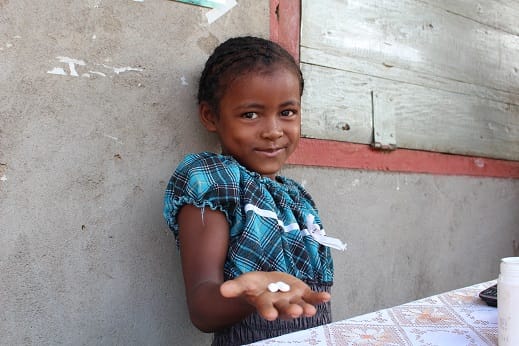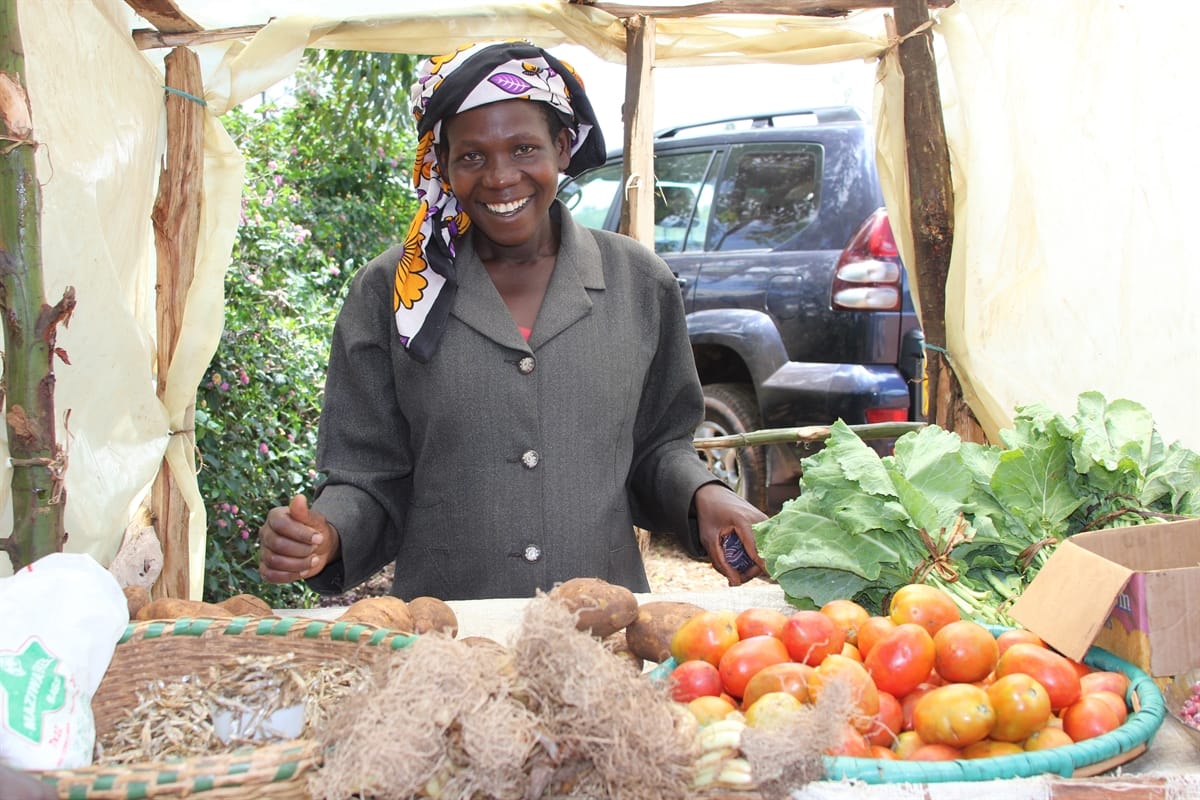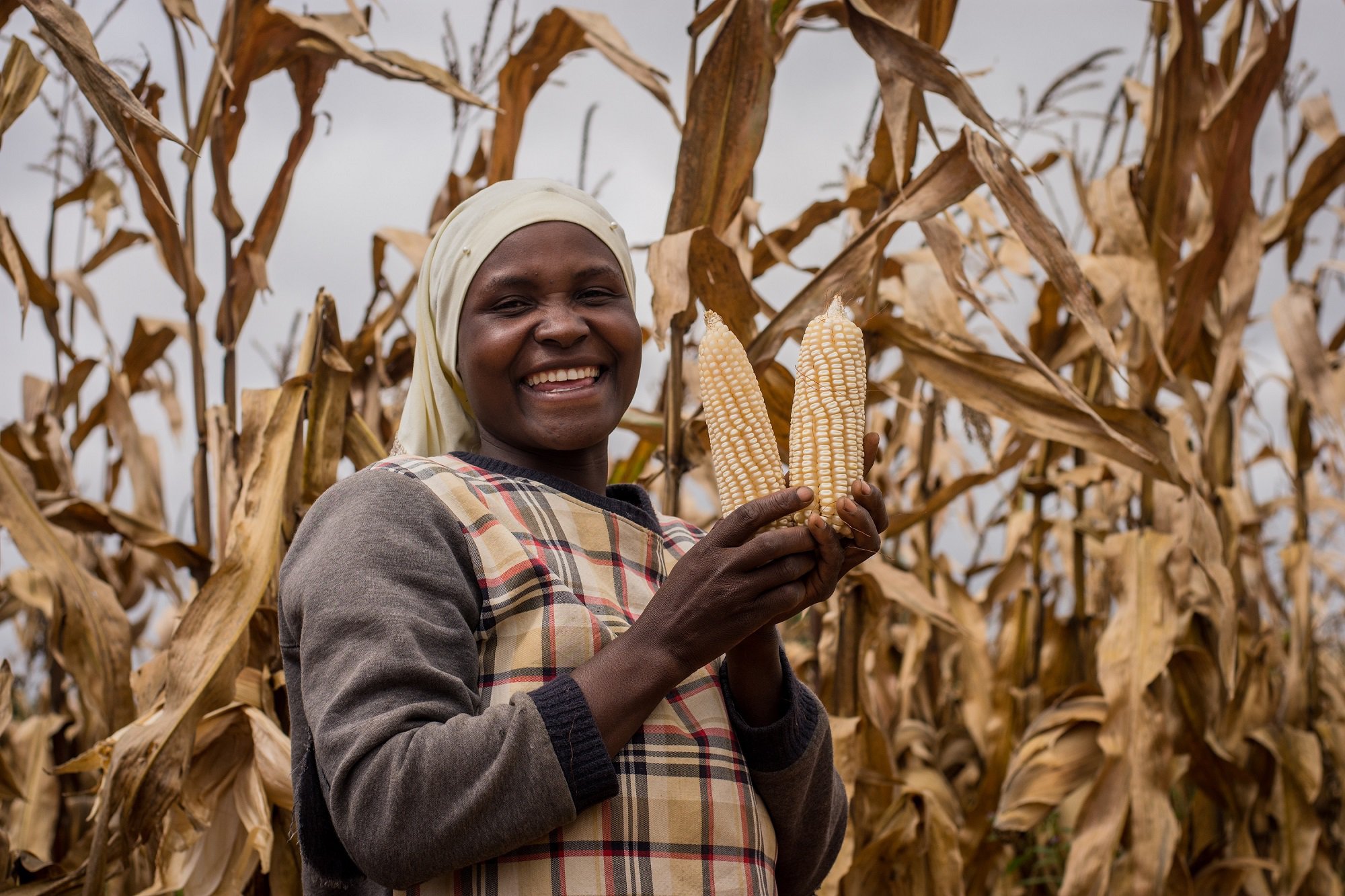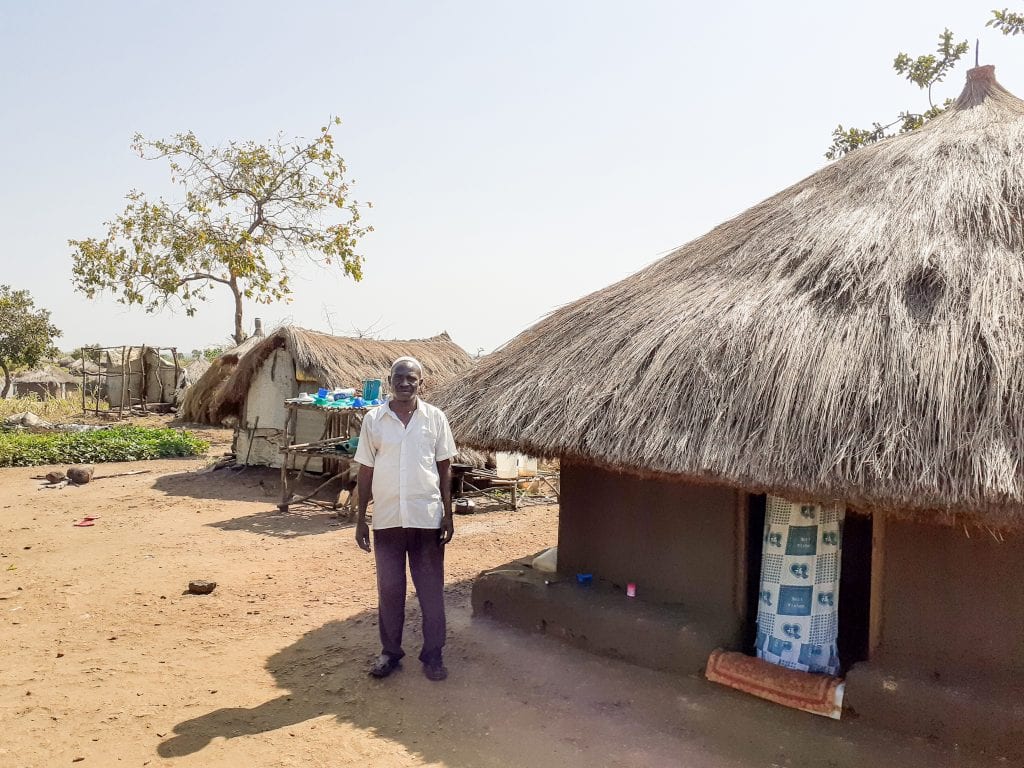By Perrie Briskin, Communications Manager for Digital Media, PSI/Myanmar
Marketing can sometimes feel like throwing darts in the dark. Is it the commercial or promotional umbrella that drives sales, or do they work in concert?
Commercial brands with infinite marketing dollars can afford a thousand darts. PSI doesn’t have this luxury. Social marketing dollars are precious and promoting health products is a different challenge than, for example, promoting a soft drink brand. Where a soft drink brand focuses on market share, social marketing aims to develop healthy behaviors and change existing, often entrenched, habits. This is made all the more challenging by the fact that health is personal – intimate decisions that impact families and drive to the heart of people’s values.
With this in mind, there is a channel PSI is increasingly using to reach audiences: social media. Social media is cheaper and more targeted than traditional marketing. It also creates an online space to engage with people about their health decisions.
Myanmar is the fourth fastest-growing mobile market in the world, with the majority of phones being smartphones with social media apps. At PSI-Myanmar, we use targeted advertising on social media, especially Facebook, and meaningful metrics to achieve measurable impact.
Here are five lessons we’ve learned along the way:
1. Know where your audience is.
Is your audience online and, if so, where? On Facebook, WhatsApp, or Instagram? On a smartphone or on a computer? Talk with your users and do research online to make sure you’re investing resources in the right social media channel.
In Myanmar, we know that while Instagram’s following is increasing among wealthy urbanites, Viber and Facebook are the most popular. However, we invest more in Facebook because of Viber’s limited advertising potential.
2. Create meaningful metrics.
Avoid “vanity metrics,” such as shares and likes. Connect social media to action.
For our OK Quality Birth Spacing Facebook page, the page’s success is measured by the number of conversations with women through the Facebook about reproductive health. By focusing on this goal, we managed to increase the number of conversations from 100 to 1,000 conversations per month.
3. Invest in targeted advertising.
On social media, brands can affordably target ads by gender, age, location, and interests. Plus, without advertising, there is little impact brands can have on platforms like Facebook – “organic” content reaches as little as 2% of a brand’s fan-base.
Each of PSI-Myanmar’s brands has a different audience. With Facebook advertising, we can ensure our fan bases match our target audiences.

95% of our Aphaw condom Facebook fans match our target audience demographic of Myanmar men age 18-40.
4. Understand that social media takes time.
Just because social media is easy to consume does not mean it is easy to create. Developing content, answering user health questions, reporting metrics – this all takes time.
PSI-Myanmar is still learning this particular lesson. We have been guilty of launching Facebook pages without dedicated staff to keep the page active. To remedy this, we are looking to hire more staff, contract a local agency to help, and possibly delete those Facebook pages that aren’t delivering results.
5. Close the referral loop.
As with many activities, to measure real impact, it helps to close the provider referral loop. How many people are actually seeking new services as a result of being referred via social media?
For our HIV social media activities, we have been able to close this loop at TOP, our network of HIV centers for key populations. At TOP, we measure the number of HIV+ cases found via TOP Facebook page or a campaign with Grindr. Because of this, we now know Facebook is more effective than Grindr for finding new cases of HIV. These numbers tell us where to put resources in 2017.
The only constant with social media is that it’s always evolving. Facebook Live launched just this past April – it is already hard to imagine Facebook without it. There will always be a new, hot channel and the most popular channels will always continue to make updates – sometimes to the dismay of their users.
This is why it is important for PSI-Myanmar, and PSI everywhere, to always stay curious and open to innovation – or, in the immortal words of Steve Jobs, “Stay hungry, stay foolish.” As with each and every health intervention, PSI will need to balance this knowledge with what is best for reaching Sara (i.e., our beneficiary). Chances are, communicating with Sara will have to take into consideration that new smartphone in her hand.
For more about PSI’s work in Myanmar, see Breaking the Silence: How We Can Empower Women to Address Violence in Myanmar.






